Spyker has gone from being a little-known Dutch supercar maker to the saviour of Saab. Autocar’s Steve Cropley recently paid a visit to its Amsterdam base to find out more about the quirky manufacturer…
Spyker was set up a decade ago by Dutch billionaire Victor Muller, a supercar buyer in the 1990s who wasn’t always happy with what he got for his money.
See behind the scenes pics from Spyker's Zeewolde base
“I owned Astons and Ferraris but was always rather disappointed with the way they were finished,” he said. “They were great driving cars, but seemed cheaply built. I wanted to bring back craftsmanship.”
Muller then acquired the revered Spyker name and launched his first car with the Zeewolde racing team at the British Motor Show in 2000. The hand-made C8 was revered for its design and quality, but Muller’s team found constructing coupe, drop-top and racing variants a painstaking process that wasn’t profitable. The cars were also plagued with handling issues brought on by its short wheelbase.
Work on its successor, the all-new C8 Aileron, began in 2008 and Lotus became involved as an engineering partner, while supplier Coventry Prototype Panels became responsible for producing some chassis and bodywork parts.
As more and more British-based suppliers became involved with Spyker, the firm revealed last year it would be construct the C8 Aileron in Coventry. The first model will be delivered next month and the firm plans to build five per week. Spyker also intends on having a FIA GT1-spec racing variant ready later this year. However, marketing, engineering, sales and aftersales will all still be based in Amsterdam.
Wicher Kist, the C8 Aileron’s chief engineer, said that the car was a great leap forward for Spyker.
“We signed off the basic design in June, working on the packaging at Lotus,” he said. We think it’s a great leap forward. The chassis is a bonded, riveted box-section frame in aluminium, much stiffer than the old car’s chassis, with an engine cradle consisting of aluminium extrusions and castings.
“Aluminium is our theme; if it’s not aluminium, there’s a reason.”
The C8 Aileron is around 5cm longer than the C8, but the wheelbase is 15cm longer to ease cabin access, improve weight distribution and offer better directional stability. The Lotus-developed suspension is all-independent double-wishbone and is unique to Spyker. It also uses the Evora’s steering rack.
It is powered by a 400bhp version of the Audi R8’s 4.2-litre V8 engine, which also produces 354lb ft of torque. It can get from 0-60mph in around 4.3sec and go on to reach a top speed of close to 190mph.
Spyker never has plans to mass-produce its cars, although it wants to ensure each unit it does produce is profitable.
“I’ve been dreaming about this car’s success for more than two years,” said Kist. “We’ve designed it for a central cost price and that’s what we’re going to maintain. It’s the only way you can make a success of a car like this.”

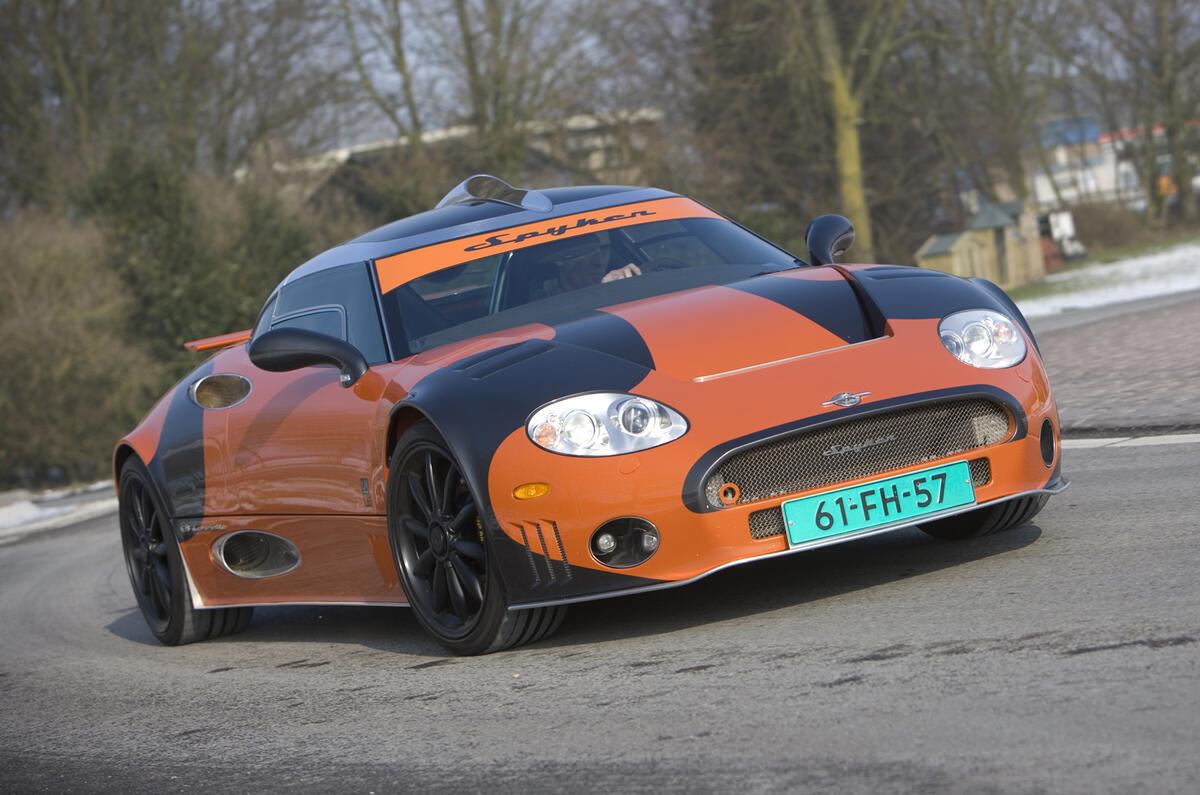
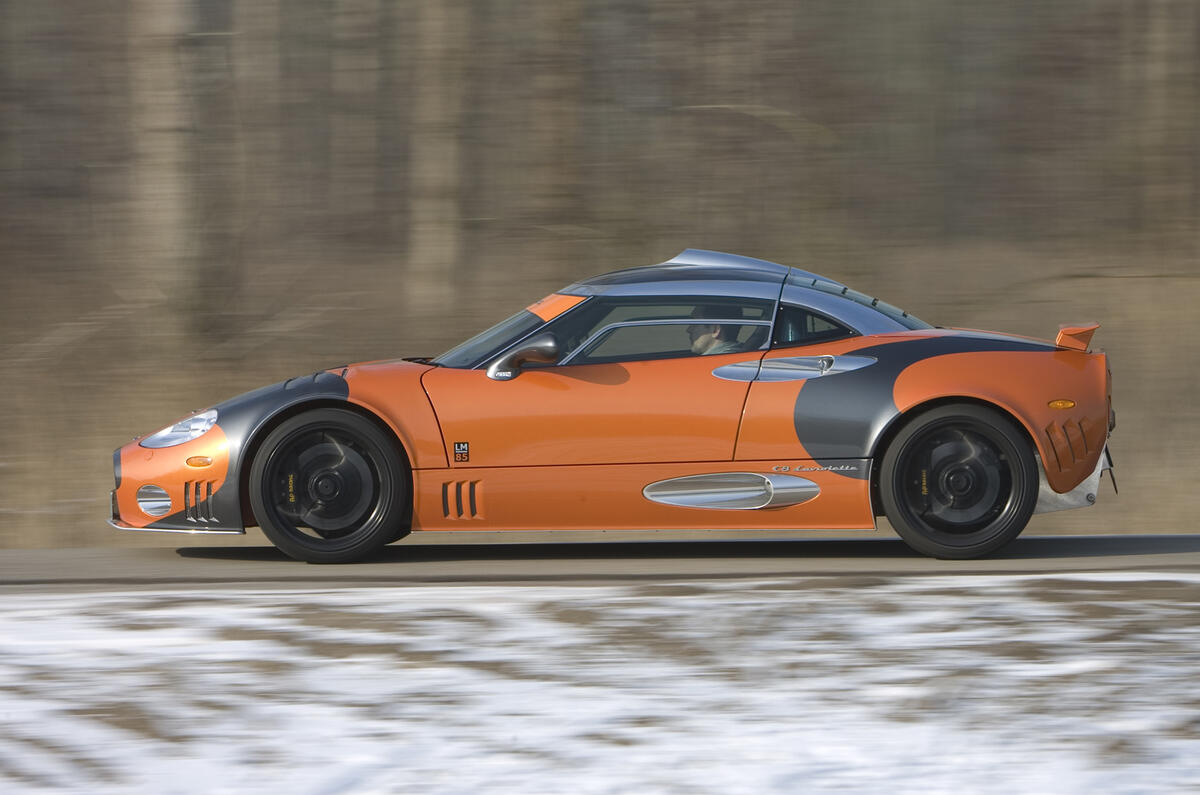
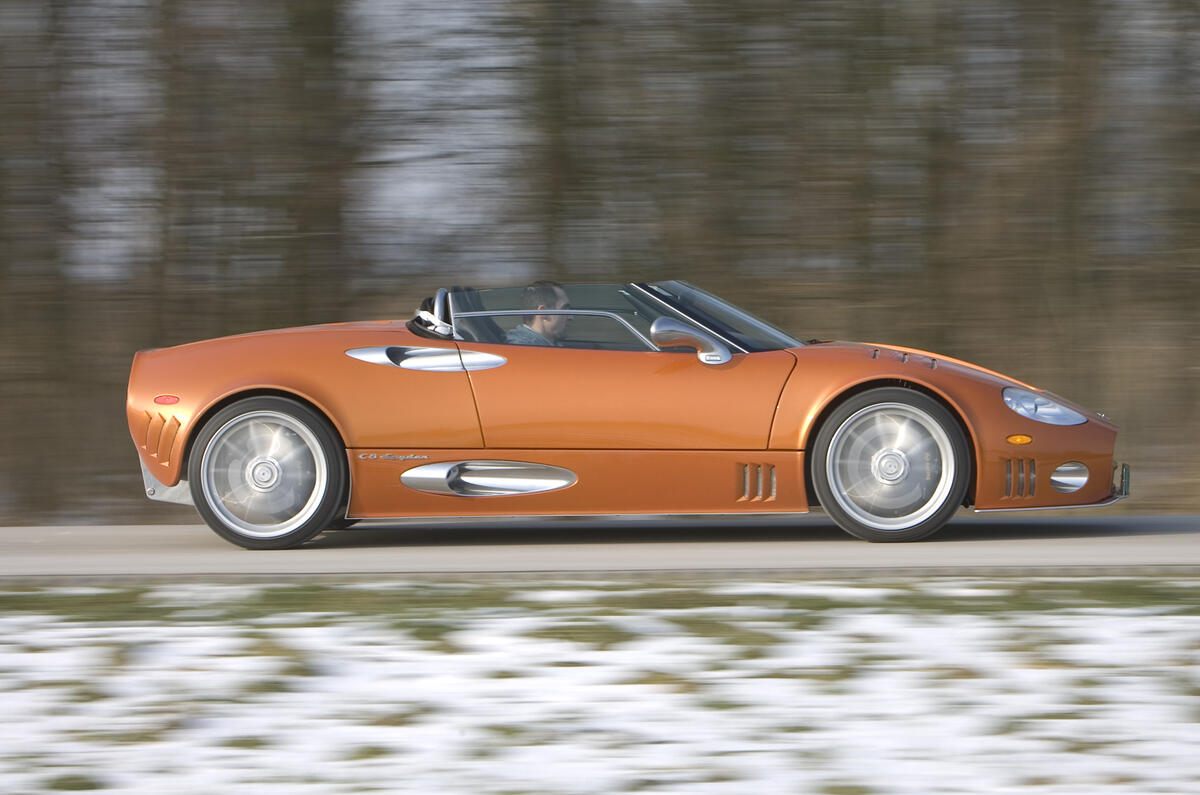
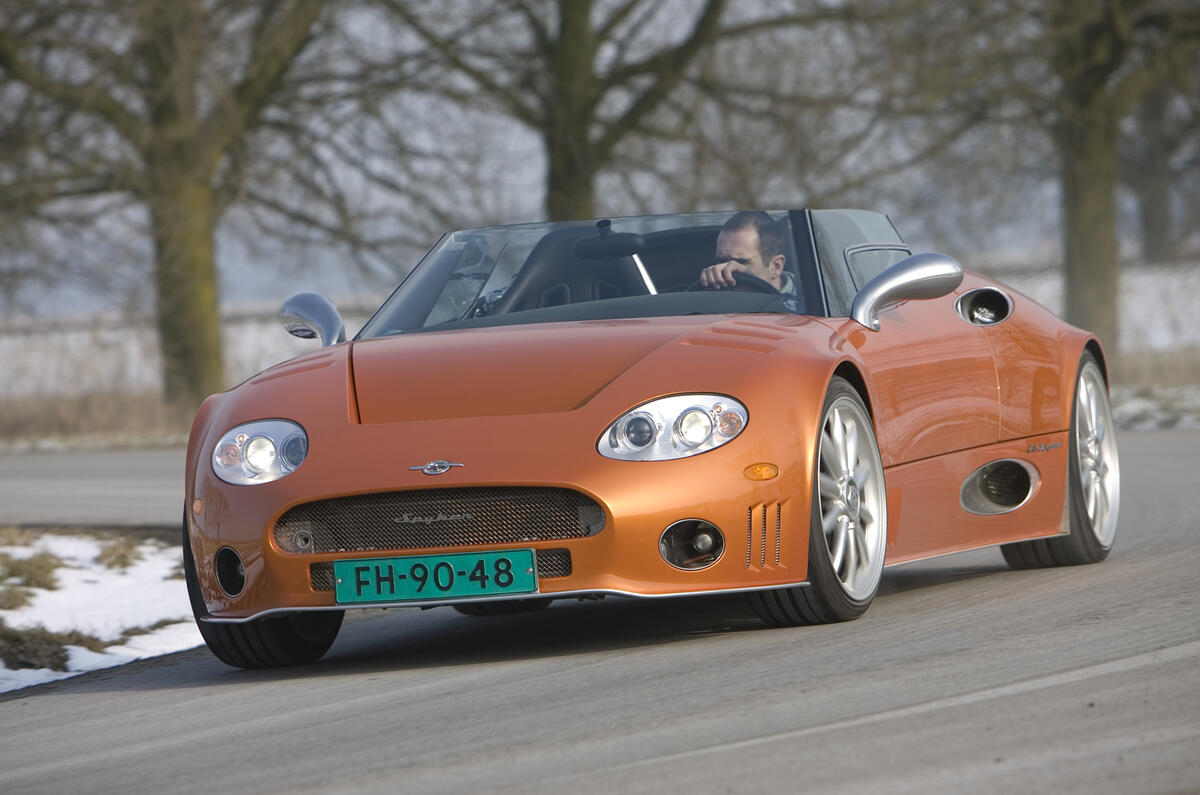
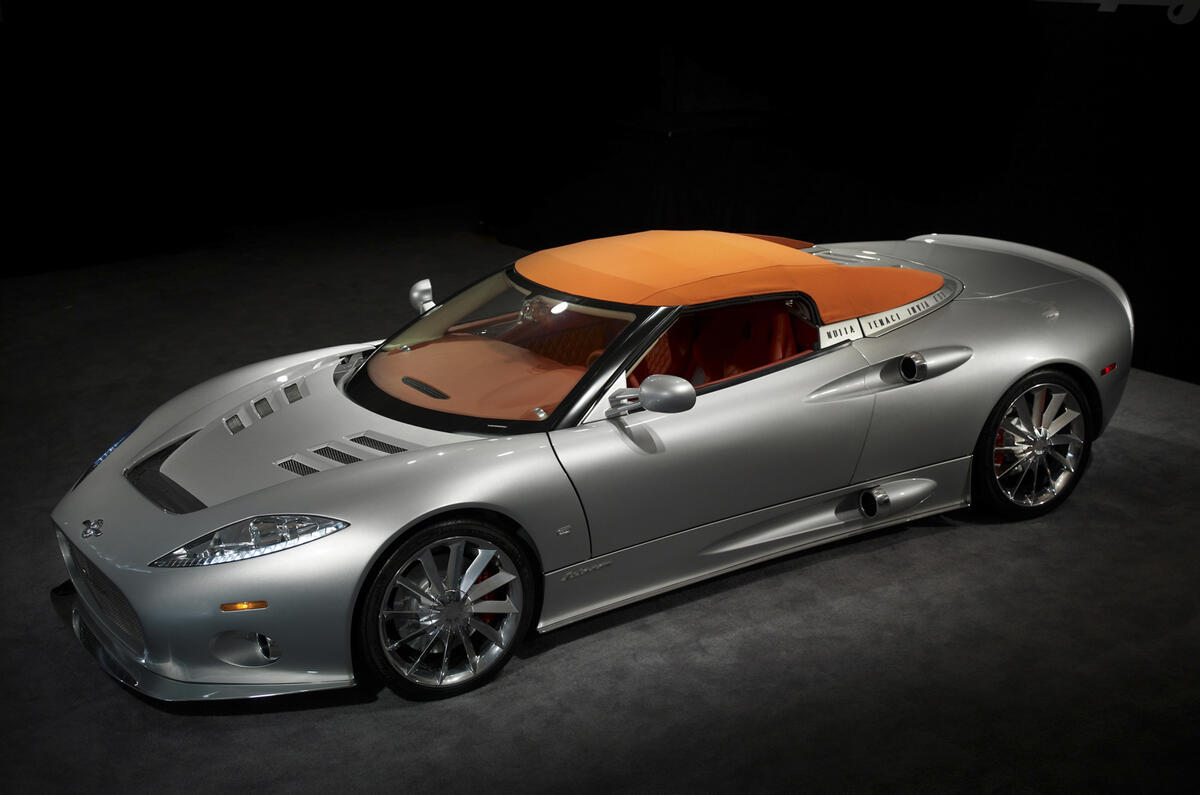

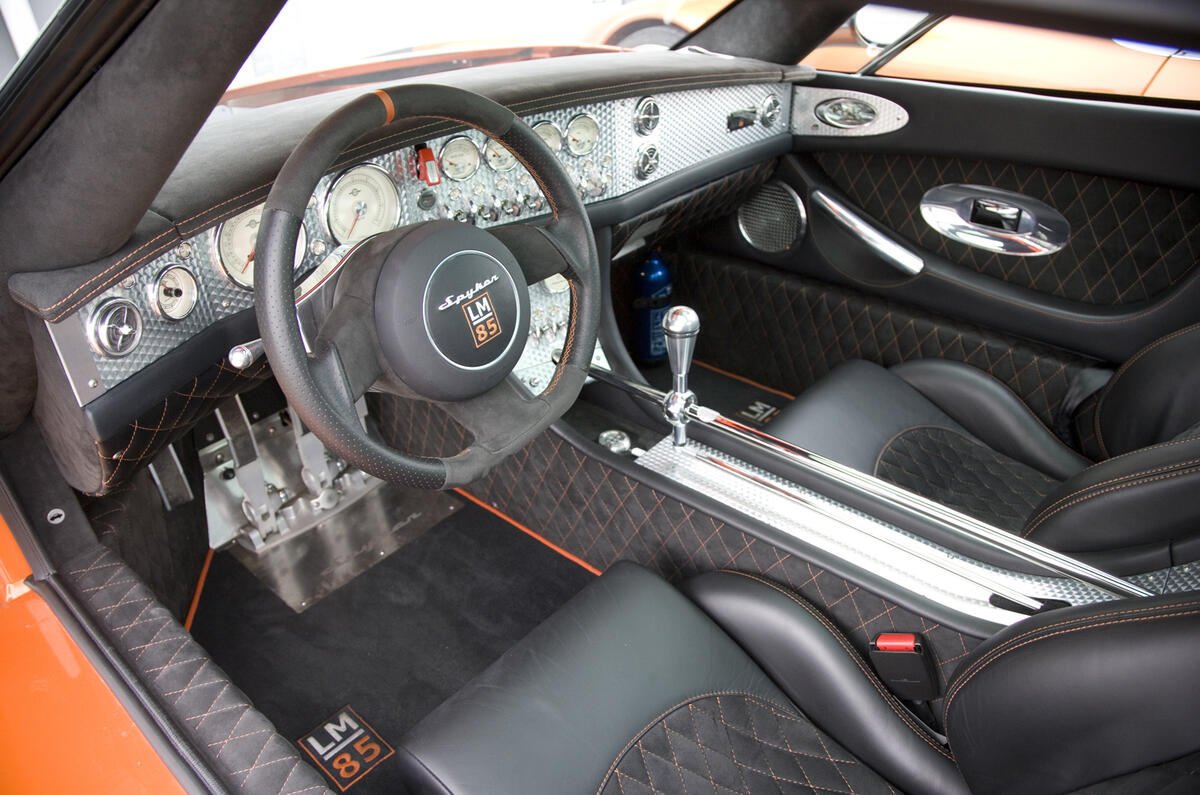
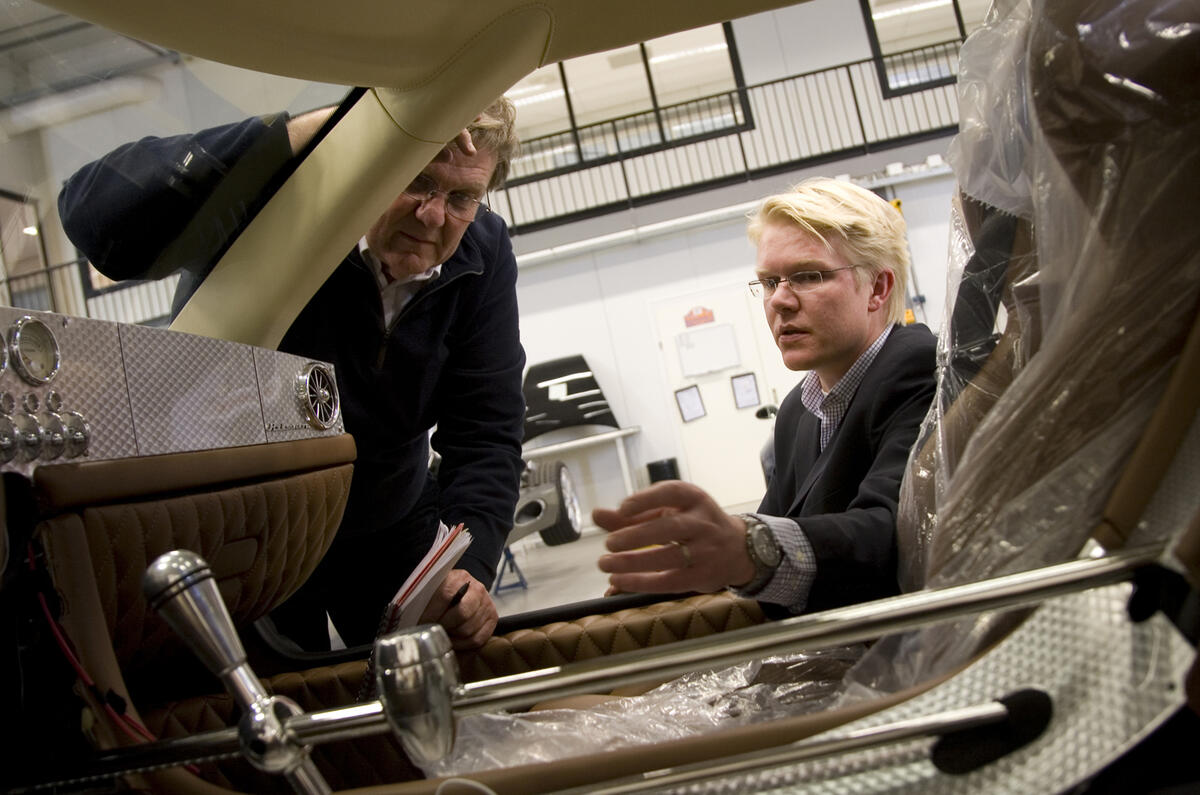
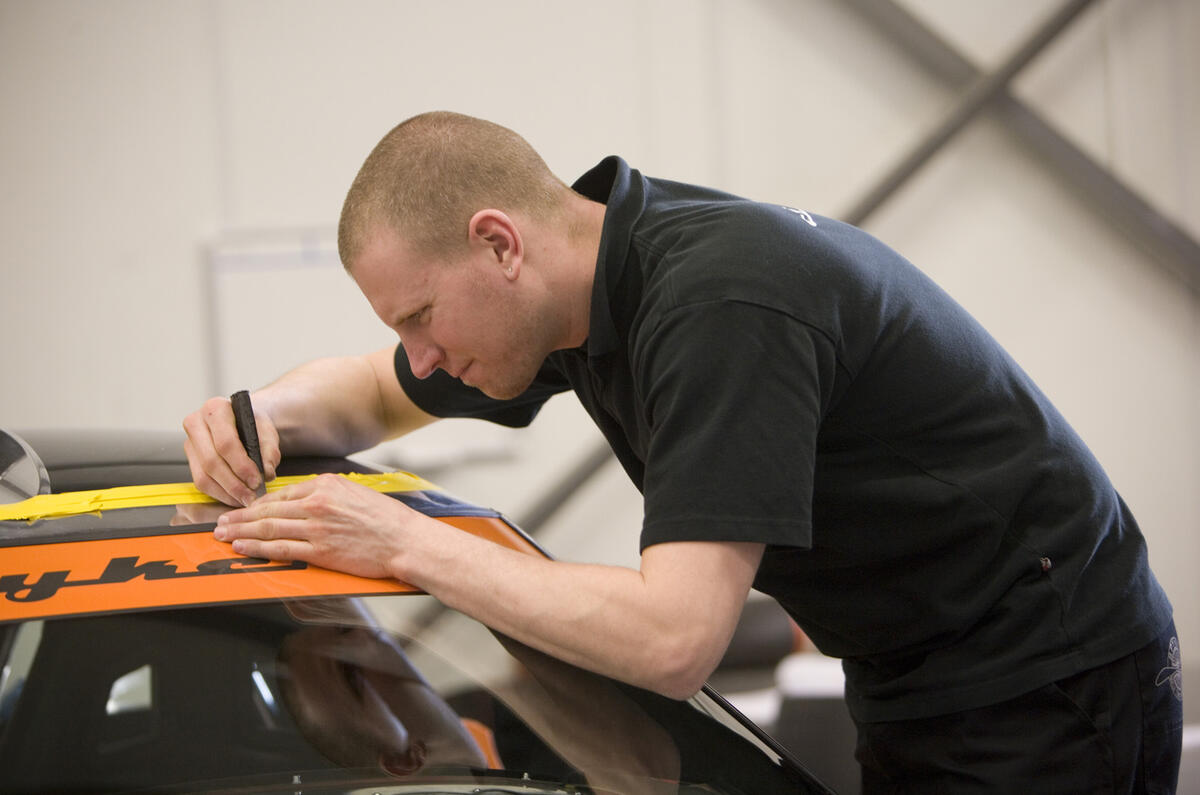
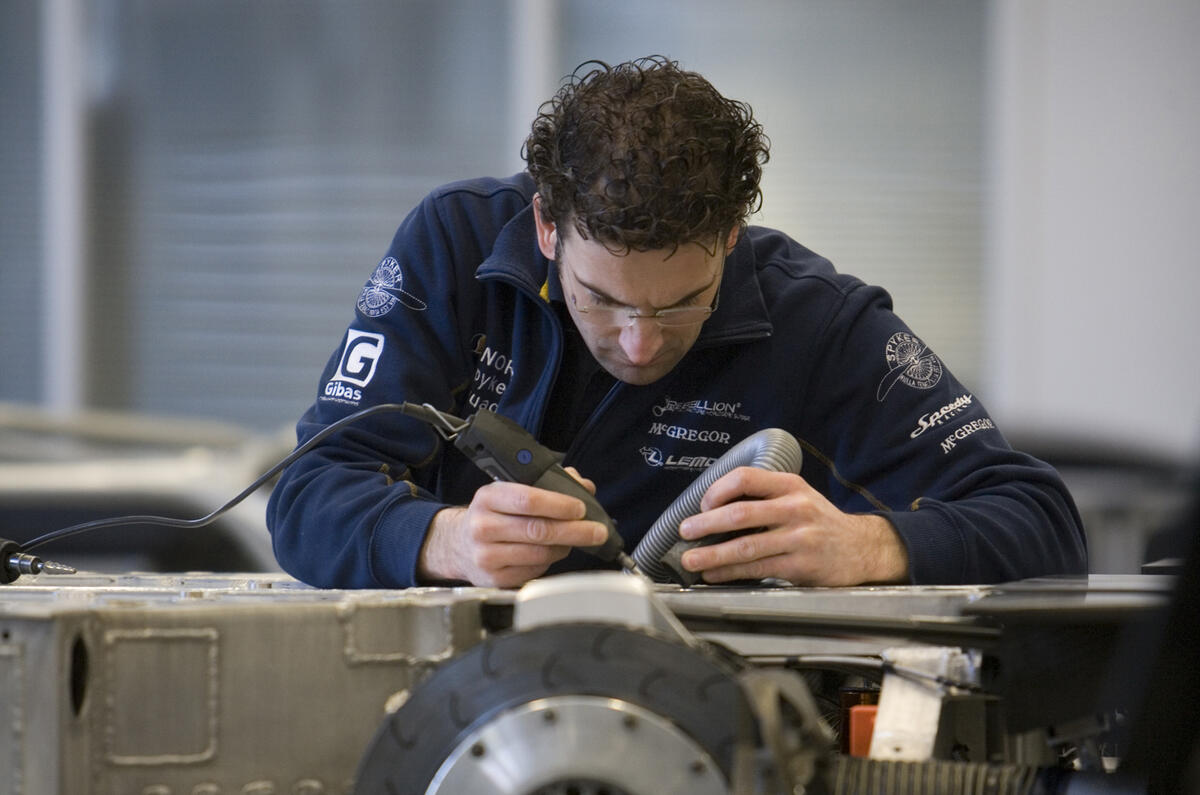
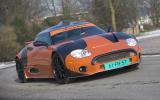

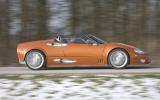
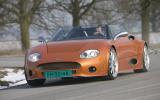
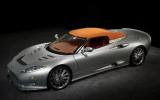
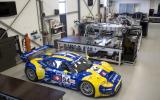
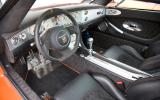
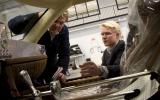
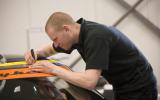







Join the debate
Add your comment
Re: Inside Spyker - Autocar exclusive
So his attention to detail on Saab interiors should be second to non and we can look forward to motoring hacks singing the praises of Saab more than Audi. That will be the day.